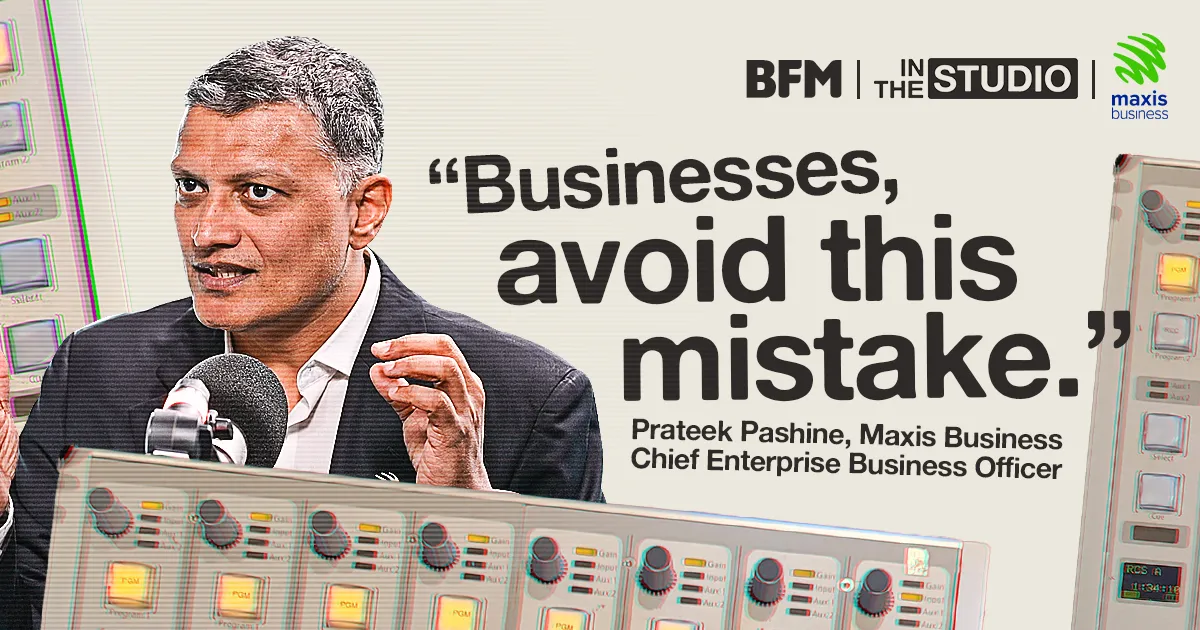Multi-Cloud: Why Choose When You Can Have it All?
In our previous article, we took a closer look at the three cloud providers who between them command over 50% of the market. While still largely known for providing public cloud services – space, software and platforms that are available to anyone who wants to use them — all three offers private cloud solutions as well. Access to a private cloud is restricted to the company that ‘owns’ it. The owner can have as much control as they choose, including building and maintaining a fully bespoke infrastructure.
What is the difference between public cloud and private cloud? Public cloud is more cost-effective and offers a wider range of ready-made solutions and price structures. Private cloud is deemed to be more secure and therefore was traditionally the cloud of choice for companies and institutions that dealt with classified information or projects. Financial institutions, hospitals and government agencies are naturally among those who require that extra layer of data protection.
As we have seen, there are not only differences in the type of cloud, but in cloud providers themselves and even the individual services they offer. This is why a growing number of companies is choosing to look beyond a single type of cloud or provider.
Mixing it up
Companies that used private cloud soon got wise to the fact many of their requirements did not call for intense protection. They began migrating some of these to the cheaper public cloud, freeing up valuable space on their private cloud for more business-critical data and workloads. Likewise, a start-up that began with operations on public cloud would likely look at moving some functions to private cloud as the business grew. Regardless of which cloud came first, the new combination of public and private clouds is known as hybrid cloud.
Hybrid Cloud vs. Multi-Cloud
While a hybrid cloud environment should theoretically provide a seamless connection between clouds, often resources are adopted ad-hoc. In such cases, businesses end up with a tangled mishmash of loose solutions hosted on different clouds.
A more advanced tactic is multi-cloud. But what is multi-cloud, exactly? It is a special bespoke blend of private plus public cloud from multiple providers designed to help you achieve your long-term business goals. In other words, multi-cloud is the result of smart cloud strategy.
Optimised workloads
In cloud computing, a workload tends to be made up of three basic components: networking, computing (processing) and storage. The effectiveness of a workload depends on how well these three pieces interact and just as you can have more than one network; storage and processing for a single workload can – and increasingly do – exist across different clouds.
Multi-cloud strategy understands that not all workloads are created equal. For example, some are more complex; some are more business-critical. Some require a more rapid response while cutting down latency to a minimum. ‘Static’ workloads are those that are steady and predictable, for example, your company’s customer relationship management (CRM) system. In static workloads, fluctuations are few and minor, so you can plan your resources with certainty.
With ‘dynamic’ workloads, on the other hand, what you require will surge, dip and change depending on any number of factors, such as when you are developing or launching new products. For dynamic workloads, you need that extra bit of elasticity – services you can add, lessen or deactivate as necessary, and only pay for what you use.

Optimised security and compliance
Regulatory bodies worldwide hold companies accountable for protecting clients and employees. This includes ensuring that private information stays private. Not protecting data such as health records, credit card information or even names and addresses can have serious repercussions. Depending on the size and location of the offence, non-compliance could result in fines, loss of trust, orders to suspend operations or even jail sentences.
Regulations often vary between countries. They are continuously changed and refined. If you operate in more than one region, a multi-cloud strategy lets you select a cloud that specifically complies with those unique requirements.
Multi-cloud strategy adopters have more options when it comes to lowering risk and protecting themselves against losses. For example, in the banking industry, regulators have required multi-cloud to ensure that if one cloud fails, another will kick in.
Multi-cloud is about giving yourself the best options
A multi-cloud environment allows you to harness the strengths and neutralise the shortcomings of different clouds. By definition, multi-cloud widens your options. It allows you to deploy workloads to ensure they run most effectively and in the most cost-efficient manner possible. It improves both security and compliance which are critical to ensure longevity.
The benefits of a multi-cloud are clear and even necessary during these trying times. Yet, some businesses still hesitate to take the plunge, citing the cost of implementation, the difficulty of maintenance and security concerns. As we will see in the next article, it is completely unnecessary for organisations to struggle with integration, migrating workloads, handling security issues, payment for unnecessary cloud services (‘cloud sprawl’), cloud management and more.
Choose the best cloud provider for your business with Maxis Right Cloud today.
Sources
- https://www.business.maxis.com.my/en/insights/library/2020/august/who-owns-the-cloud.html
- https://www.forbes.com/sites/tomgroenfeldt/2020/06/29/multi-cloud-becomes-the-new-norm-for-banking/#789e058f14bc
- https://www.zdnet.com/article/research-multicloud-deployment-becomes-new-default-for-enterprise-computing/
- https://www.business.maxis.com.my/en/insights/library/2020/august/the-easy-way-to-building-maintaining-and-securing-your-optimal-environment.html






